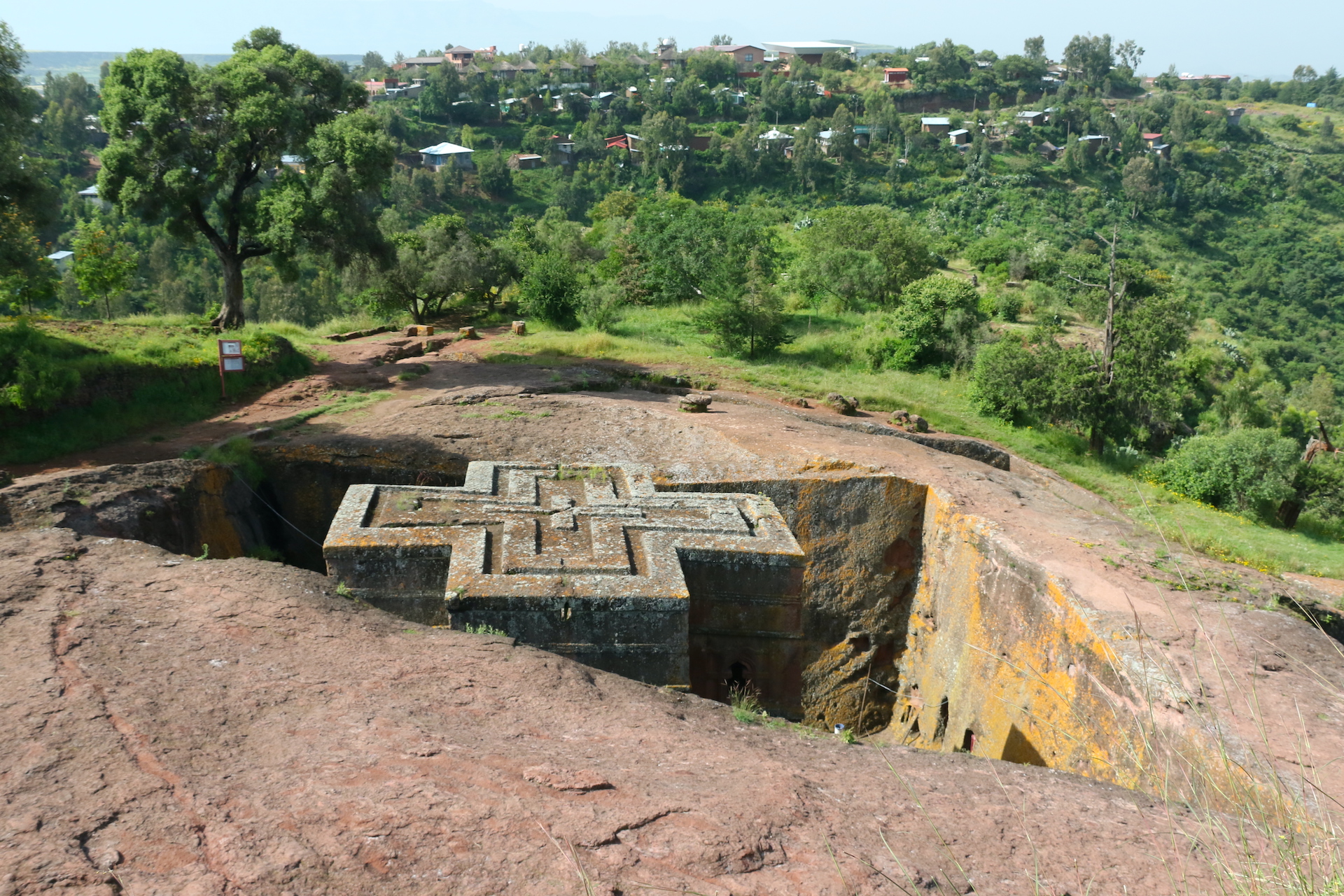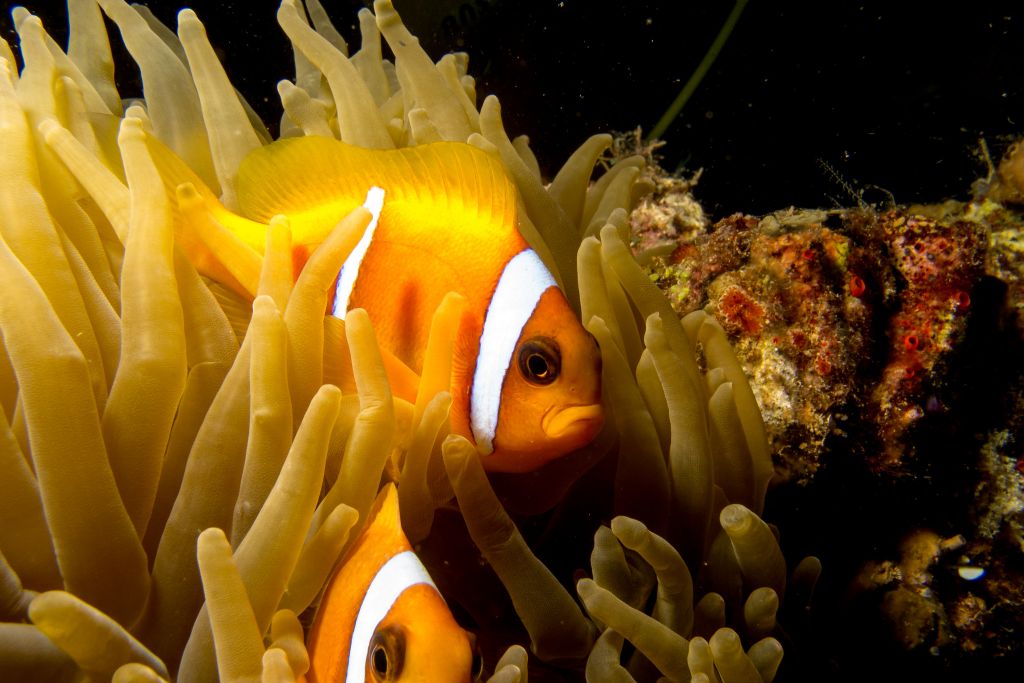Stage 4 from Cape Town to Cairo: From Addis Ababa to Karthoum
The fourth leg of our journey from Cape Town to Cairo starts from Addis Ababa, the current capital of Ethiopia, and will take us on a journey through the history of the Horn of Africa until we reach the legendary Karthoum.
Our travel itinerary will take us to explore two states that are still little visited by tourism.
In Ethiopia starting from Addis Ababa, we will head north along the Historical Route, this itinerary will lead us to the shores of Lake Tana where there are numerous monasteries and then reach the holy city of Lalibela with its rock churches and finally the city of castles of Gondar.
In Sudan we will admire the immensity of the landscapes of the Sahara Desert and the splendid pyramids of the black pharaohs and then reach the coasts of the Red Sea where we can snorkel and dive in the crystal clear Sudanese waters.
The highlights of the journey from Addis Ababa to Karthoum
On this exciting Trans-African route from Cape Town to Cairo we will have the opportunity to discover the following destinations:
- The city of Addis Ababa in Ethiopia
- Lake Tana and its monasteries
- Lalibela, the Jerusalem of Ethiopia
- Gondar: the city of castles
- The city of Karthoum
- The pyramids of Meroe
- Adventure in the Sahara
- Port Sudan and the coral reef
Traveling from Addis Ababa to Karthoum: the city of Addis Ababa
Addis Ababa, the capital of Ethiopia, is a city rich in contrasts and history; here you can visit numerous Ethiopian Orthodox churches very popular with the faithful and where you can breathe an atmosphere of sacredness.
The Cathedral of San Giorgio is the holiest place in the city and houses a considerable number of works of art and an interesting museum.
The city is also home to the National Museum of Ethiopia which houses the skeleton of Lucy, one of our first ancestors, dating back to about 3.5 million years ago.
It is interesting to get lost in the Merkato area which is the most important commercial area of the city where it is possible to find local handicrafts.
Near Addis Ababa there is an unusual place declared a World Heritage Site by UNESCO, the archaeological site that protects the mysterious Tiya Steles; these sculptures were probably used to indicate burial places.

Traveling from Addis Ababa to Karthoum: Lake Tana and its monasteries
Lake Tane is the largest lake in Ethiopia and is famous for the incredible concentration of monasteries and churches that rise on its islands.
With a boat excursion you can easily reach the islands that are home to the ancient Orthodox monasteries richly frescoed with religious scenes.
The monks will welcome us and make us discover the secrets of these ancient places of prayer.
Lake Tana has a famous emissary: the Blue Nile which we will meet again in Karthoum where it meets the White Nile.

Traveling from Addis Ababa to Karthoum: the holy city of Lalibela
Lalibela is the most spectacular city in the whole country, its cave churches carved into the rock are a masterpiece of engineering and a sign of extreme religious devotion.
King Lalibela wanted to recreate a pilgrimage site in Ethiopia that would equal Jerusalem, thus allowing the faithful not to make a long and dangerous journey to go to the holy city.
Today the rock churches are a UNESCO World Heritage Site and retain their mysticism and charm intact; entering these churches is like taking a step back in time and finding yourself in the middle of the Middle Ages.
Most of the churches carved into the rock are connected to each other by narrow passages and tunnels carved into the rock and walking this path is a unique emotion.

Traveling from Addis Ababa to Karthoum: the ancient capital Gondar
The ancient capital of Ethiopia preserves splendid castles and fortifications that have earned it the name of City of Castles
The city rich in history has in the Royal Enclosure site the maximum expression of defensive structures of ancient Ethiopia, the defensive walls are over two kilometers long and the castles inside are still in good condition.
We will have time to get lost among the ancient buildings and grasp that unique charm that still transmit to visitors today.

Traveling from Addis Ababa to Karthoum: the city of Karthoum
The city of Karthoum rises at the confluence of the White Nile which flows north from Lake Victoria in Uganda and the Blue Nile which flows west from Ethiopia.
In a country like Sudan where there are 597 tribes who speak over 400 different languages and dialects in the city, the main languages used are Arabic and English.
Souq Arabi, or the Arab market, is in the commercial heart of the city, as well as being a place where you can buy everything you might need, it is also the cultural and social heart of Khartoum; the city is also home to some must-see museums including the National Museum of Ethnography, the Museum of Natural History, the Museum of the Palace.
There are a number of excellent restaurants in Khartoum offering a tempting selection of local dishes, including Kissra, a special type of corn-based bread always found on the tables, which is eaten accompanied by dried meat stew. dried onions, spices and peanut butter.
The most popular drinks in the city are strong coffee, spiced with ginger or cinnamon, as well as kakaday or hibiscus tea.

Traveling from Addis Ababa to Karthoum: the archaeological site of Meroe
On the east bank of the Nile River, 200 kilometers north of Khartoum, there are the ruins of ancient Meroe, capital of the kingdom of Kush ruled by the black pharaohs, in 2011, Unesco declared the archaeological site a World Heritage Site for its historical importance.
The site has about 200 pyramids, ancient tombs of the Nubian dynasty that ruled Nubia and Egypt for decades; today the Nubian pyramids rise from the sands of the Sahara desert and appear like a mirage.
Visiting this ancient site, necropolis of Nubian dignitaries and pharaohs, is a unique and fascinating experience, not being as crowded as the Egyptian pyramids, you have the opportunity to explore them in solitude.

Traveling from Addis Ababa to Karthoum: the Sahara Desert
The Nubian Desert is predominantly sandy and features numerous areas of dunes, sandy fields and isolated brown Nubian sandstone formations, often eroded into unusual shapes by the wind.
It is a very dry desert, where water is almost absent; as a consequence, we cannot find nomadic tribes there.
It is interesting to note the presence of several places where petrified fossil trees are found; are the remains of ancient forests that clearly demonstrate that this desert was once covered with lush vegetation.
We will sleep two nights in the desert in a unique atmosphere that takes us back to the times of the first explorers.

Traveling from Addis Ababa to Karthoum: Port Sudan and the Red Sea
After the desert adventure we will move to the shores of the Red Sea, Port Sudan is the main port of the state and is an excellent base for exploring the Sanganeb Marine National Park and Dungonab Bay – Mukkawar Island National Marine Park .
This precious marine ecosystem with beautiful coral reefs and over 300 registered fish species has been declared a UNESCO World Heritage Site.
Diving and snorkeling are the activities that allow you to observe the splendid seabed and the fantastic colorful fish, but for those who do not want to try their hand at water activities it is possible to enjoy moments of relaxation or a relaxing swim.
Photo Credits: Silvio Pastore Stocchi



